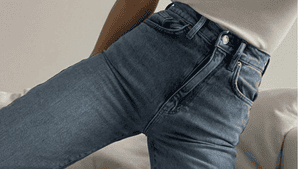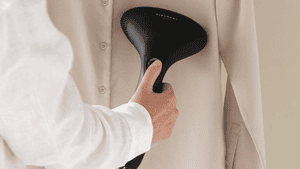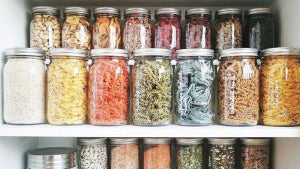
One of the most exciting milestones your baby will hit is moving from milk to solid food. While this is a proud moment, the process can also be stressful and a little scary as you manage their likes and dislikes and try to figure out any possible allergies. With so many ways to approach weaning and so many plates to catch and floors to clean as the food starts flying everywhere, the topic can feel overwhelming. So, to calm your nerves and give you an overview of the topic and what you’ll need, here’s a quick guide to weaning.
#1 What is weaning?
Weaning, also called complementary feeding, is when you start to introduce solid foods into your baby’s diet as well as milk. Introduced alongside their usual routine with milk, weaning is the process of slowly introducing different foods, flavours and textures into their diet to get them used to eating and handling food.
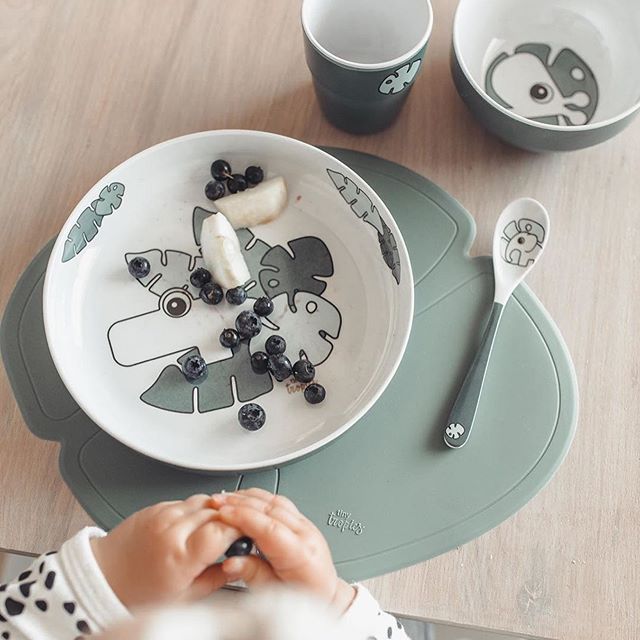
#2 Why is it important?
Weaning is important as it helps babies learn how to handle food. It slowly teaches them how to move food around their mouth, chew and swallow so they can begin to handle bigger bites and harder food. Weaning is also really beneficial for your baby’s speech development as it helps improve their control of their mouth and tongue, skills that are needed for making different sounds and slowly starting to learn to talk.
6-month-old babies start to run low on certain nutrients, like iron, so it’s important to begin introducing food to get their vitamin and nutrient levels up.
#3 When should you start weaning?
For the question of when to start weaning, there’s truly no right answer as it varies from baby to baby. Though old generations might tell you to start as early as possible, ideally weaning should only begin around the six-month mark. However, let your baby lead, their progress is completely unique to them.
#4 How to know when my baby is ready to start weaning?
To start weaning your baby needs to:
Be able to sit up and hold their head stable.
Be able to co-ordinate their hands, eyes and mouth, so they should be able to look at a toy and pick it up and bring it to their mouth.
Hold food in their mouth without immediately pushing it out with their tongue. You can give this a test with some mashed food when you think they’re ready.
#5 Weaning advice from a Mum
We spoke to our Home Buying Manager Jen about the experience weaning her little one, Olivia:
I started weaning Olivia at around 5 months, this is a little on the early side but as she had been sitting up by herself for a good few weeks I felt she was ready. I started with some blended purees such as pear, sweet potato and spinach for a variety of flavours. It was lovely to see the different (some not impressed!) faces she pulled at having tried something new for the first time.
We then did a new taste every day for 2 weeks before advancing to lumpier food such as mashed potato, (now a firm favourite) flaked fish and some finger food such as avocado or toast fingers.
I would say I definitely felt out of my depth at the beginning and was really scared she would choke. You have to learn to relax though and take it at your own pace and listen to your baby. Be prepared for A LOT of mess on the floor, and don’t be disheartened if you cook something lovely for you baby and it gets spat out or thrown on the floor. Its all part of their learning.
Look out for bowls that are a good grip – so they don’t get thrown on the floor, and a sippy cup with handles to help them pick it up easily. Have fun with it – I found weaning to be one of the most fun and rewarding times.
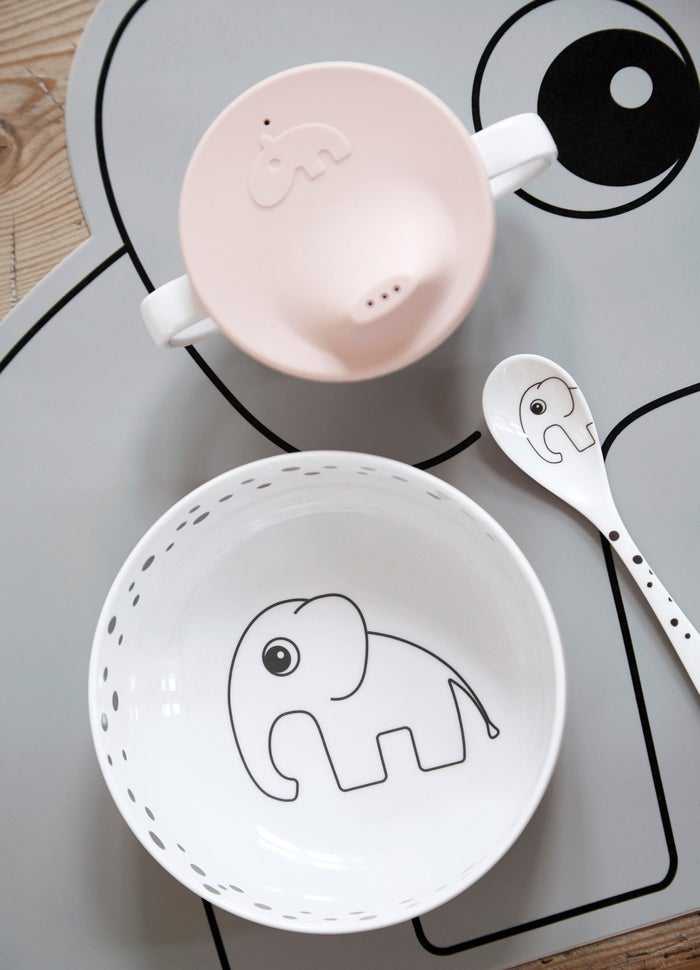
#6 What you’ll need when you start weaning
Weaning is messy. Chances are a lot of baby food is going to end up on the floor or all over you and your little one, so supplies are essential. For weaning you’ll need:
A highchair to keep them upright while eating.
A cup – Introducing a cup inside of a bottle is a great addition
to weaning as it helps with their co-ordination.Spoons – If you decide to spoon-feed your baby, some soft spoons are needed. Made of either rubber or plastic, weaning spoons shouldn’t be too harsh on your baby’s gums.
Plastic bowls – Face it, these bowls are going to be flying all over the place, so get some plastic ones that won’t smash.
Bibs and cloths – To protect those cute baby clothes, get some bibs and cloths that are easily cleaned to catch anything dropped and wipe any messy fingers.
Other things that are helpful are:
Ice cube trays – these make it easy to batch cook and store some little person portions of recipes they’re enjoying
Messy mats – the floor around their high-chair is going to look like a war zone, so a mat to put down that is easily washed is going to save a lot of time floor washing.
#7 Weaning recipes
When it comes to baby food recipes, it all depends on the weaning technique you’re going for. For parents that decide to start with spoon-feeding, soft mashed foods such as mashed potato and steamed, softened fruits are easiest.
But if you’re opting for baby-led weaning, it’s a lot easier and less messy to pick foods that can be easily cut up. Baby-led weaning is deciding to not spoon-feed, instead, letting your little one take control and pick up food to feed themselves. Some parents choose this as it allows for greater independence and interaction with different food textures and feelings. It also means that your baby can join in with your regular mealtimes, being sat at the table able to feed themselves, getting them used to the structure of mealtimes and letting you eat with both hands.
Some beginner baby-led weaning recipes to try for 6-month-old babies are:
Small slices of hard-boiled egg
Small vegetables like sweetcorn and peas
Steamed and cut up pieces of potato, apples, asparagus
Little cubes of cheese
Cooked pasta with a tomato puree to dip it in
Cooked and cut up falafel
Smashed blueberries – whole blueberries can be a choking hazard.
Lots of different chopped up soft fruits like raspberries and mangos
Try putting a range of things onto their highchair tray and letting them pick up what they want.
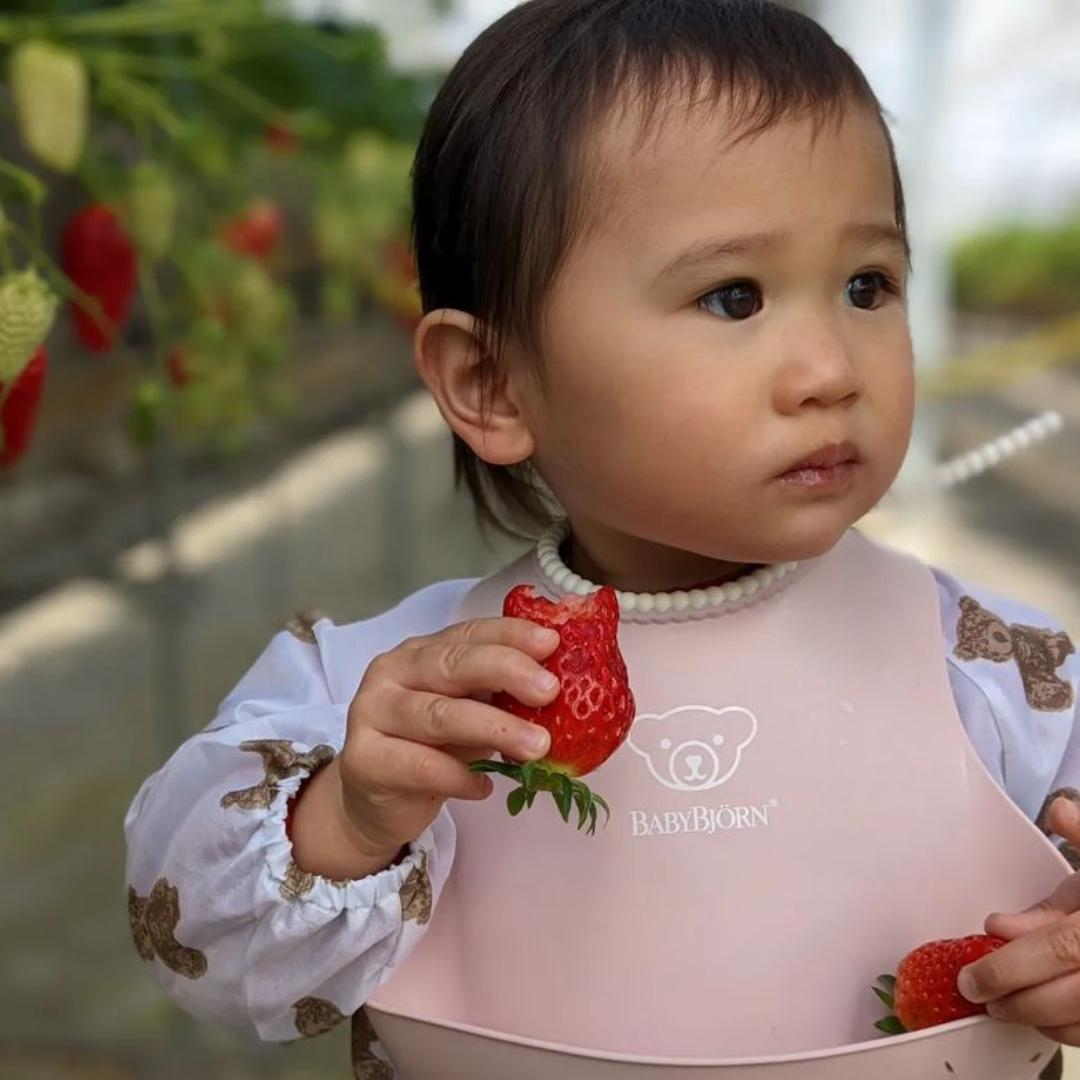
#8 Allergies
When you first begin weaning, it’s important to look out for any allergies and introduce high-risk foods slowly and one at a time. Common allergy food to look out for include:
Milk
Eggs
Gluten
Nuts
Seeds
Fish & shellfish
Soya
Try introducing these one at a time in simple, plain meals to easily spot any signs of allergies.
#9 Textures
When beginning weaning, try experimenting with different textures to get your baby used to different feeling in both their mouth and their hands. Meals that include something more solid with a dip, such as pieces of pineapple and plain yoghurt, provide a nice mix of feelings.
#10 Tastes
Try not to stick to just one flavour. The more variety your baby gets, the less fussy they will be, so experiment. Try challenging them with veg that isn’t too sweet or mild, so try them on some broccoli or spinach. The only thing to note is to avoid foods that are especially high in sugar or salt, as this is too much for them at a young age.
SHOP BABY FEEDING & HEALTHCARE ON THE HUT

